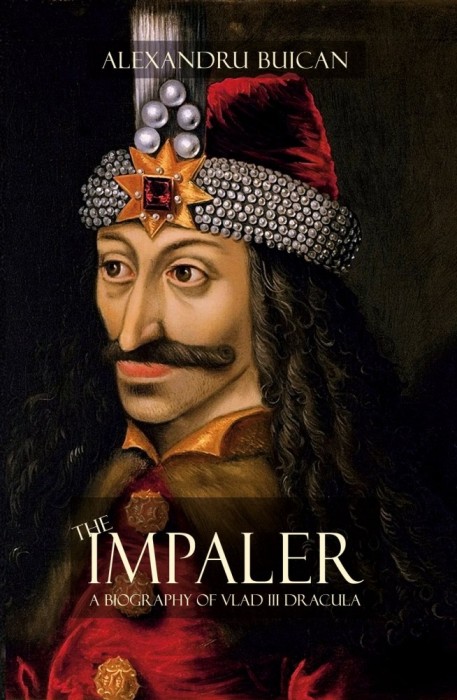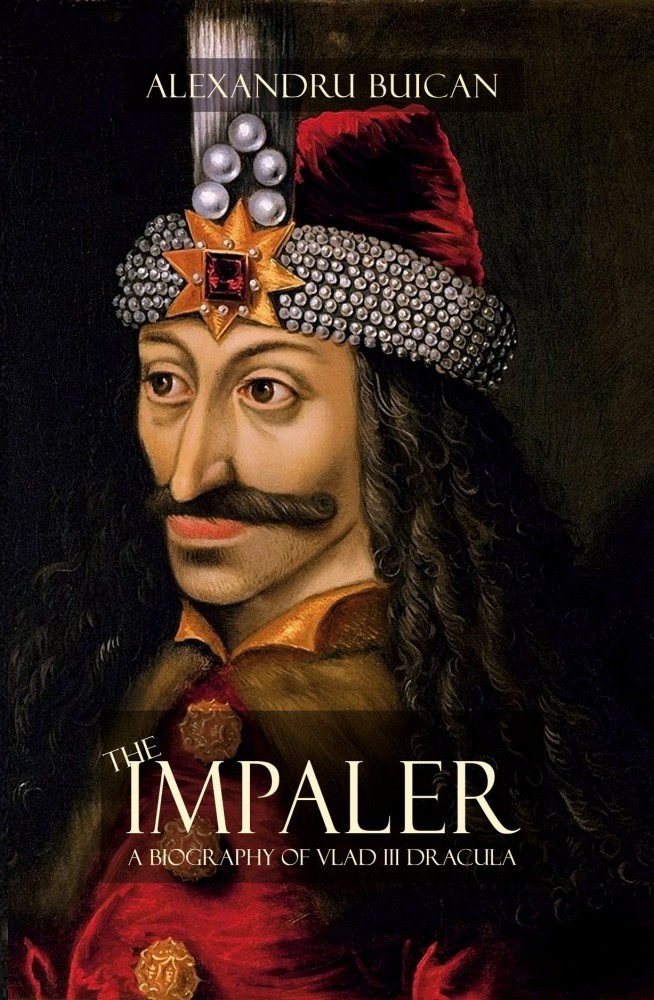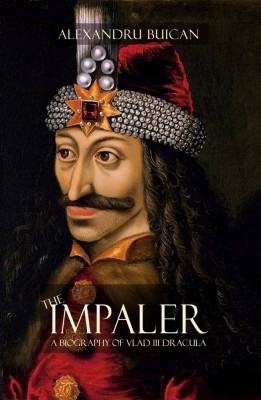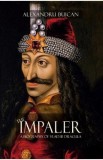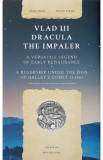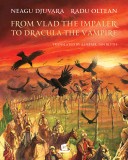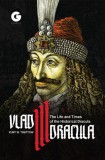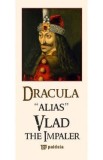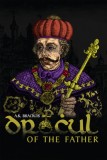Specificatii
Autor: Alexandru Buican Titlu: THE IMPALER. A BIOGRAPHY OF VLAD III
DRACULA Gen: BIOGRAPHY Pagini: 384 Dimensiuni: 17 ˣ 23 Editura:
ACTAEON BOOKS ISBN 978-606-94948-7-5 An de apariție: 2020 Many
people know the myth of Dracula, but very few know that he was in
fact a real person, an fifteenth century ruler of the Romanian
people. Still, less people realize that the books they read about
the subject are mostly the product of the imagination of the
authors. In The Impaler: A Biography of Vlad III Dracula, author
Alexandru Buican aims to limit strictly to historical sources
Romanians, Hungarians, Turkish, Latin letting them speak for
themselves, intending no less then to give the book on the
historical Dracula. However uncomfortable may be for the modern
reader, the facts about real Dracula’s life are presented with no
exaggeration, without any attempt to avoid the psychological fact
that made the fifteenth century scholar Mihail Beheim, a
contemporary, no refer to the bluntly: „From all the madmen and all
the/ tyrants I have ever heard of/ in this world/ and under these
skies,/ within living memory,/ no other has been more cruel. It is
hard to find, during the Middle Ages, a more controversial
personality for posterity than Vlad III Dracula. Firstly, because
of the nature of the documents historians could use in their
attempt to reconstruct his character. A relatively small number of
legends complete an equally restricted number of historical
documents, gathered in two collections of texts belonging to
medieval literature; they originated in Russia and Germany and
described the appalling atrocities of the ruler. The Romanian
historiography, definitely concerned with the personality of Vlad
III, grasped the issue of the relation between these two types of
sources from the very beginning. The method chosen by the historian
Ioan Bogdan, about a century ago, became traditional in the
Romanian historiography. Bogdan divided the documents into two
sections: the former included political and diplomatic sources, the
latter, literary narratives. This division has been scrupulously
kept by Romanian historians to this day. But it requires a choice.
The historian is called to decide between using the legends,
Russian and German, and leaving them to philologists. This is not
possible, because, in the process of reconstructing Vlad III’s
individuality, sources cannot be separated. In investigating Vlad
III’s identity, we have decided to solve the dilemma of the
sources, considering the legends as documentary material, both
factual and psychological, and use them integrated into the
narrative epic. Another feature of the Romanian monographs is that
they are devoid of large quotations from documents. But this is
exactly the essence of the historical evocation. No matter the
authority (or talent!?) of an author, a mere narration of facts
does not convince. In the long run, the narrative gives way to
stories and arouses mistrust. History is not made up of statements,
but of evidence. Narratives with no documentary base are not
authoritative. Any document carrying energies of 14th century human
wills shakes the soul. Therefore, abundantly quoting the sources
means leaving the documents (historical and literary) “speak” by
themselves, in our opinion the most honest way to elucidating the
“psychological mystery of Vlad III Dracula (the Impaler).” Last,
but not least, our intention is to put this translation of a corpus
of documents, hardly accessible in any other language, except
Romanian, at the disposal of those interested in Vlad III’s
singularity.



